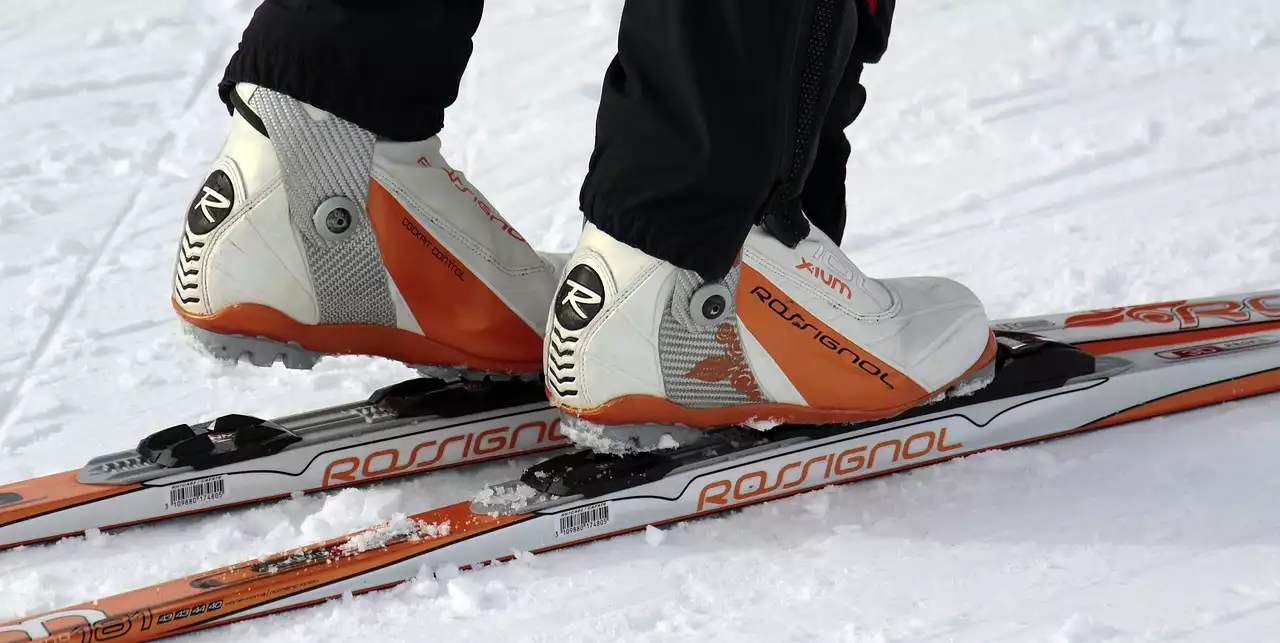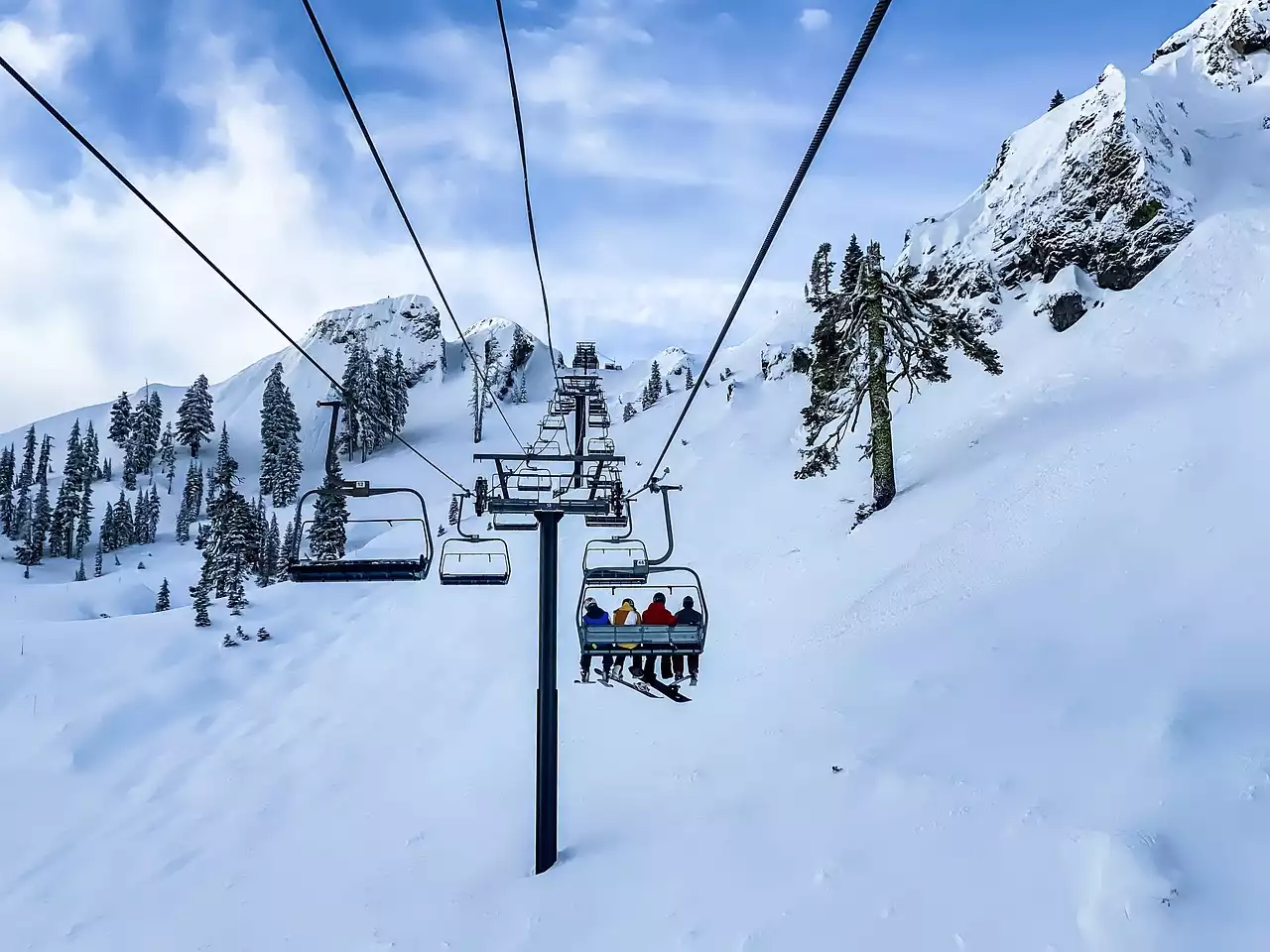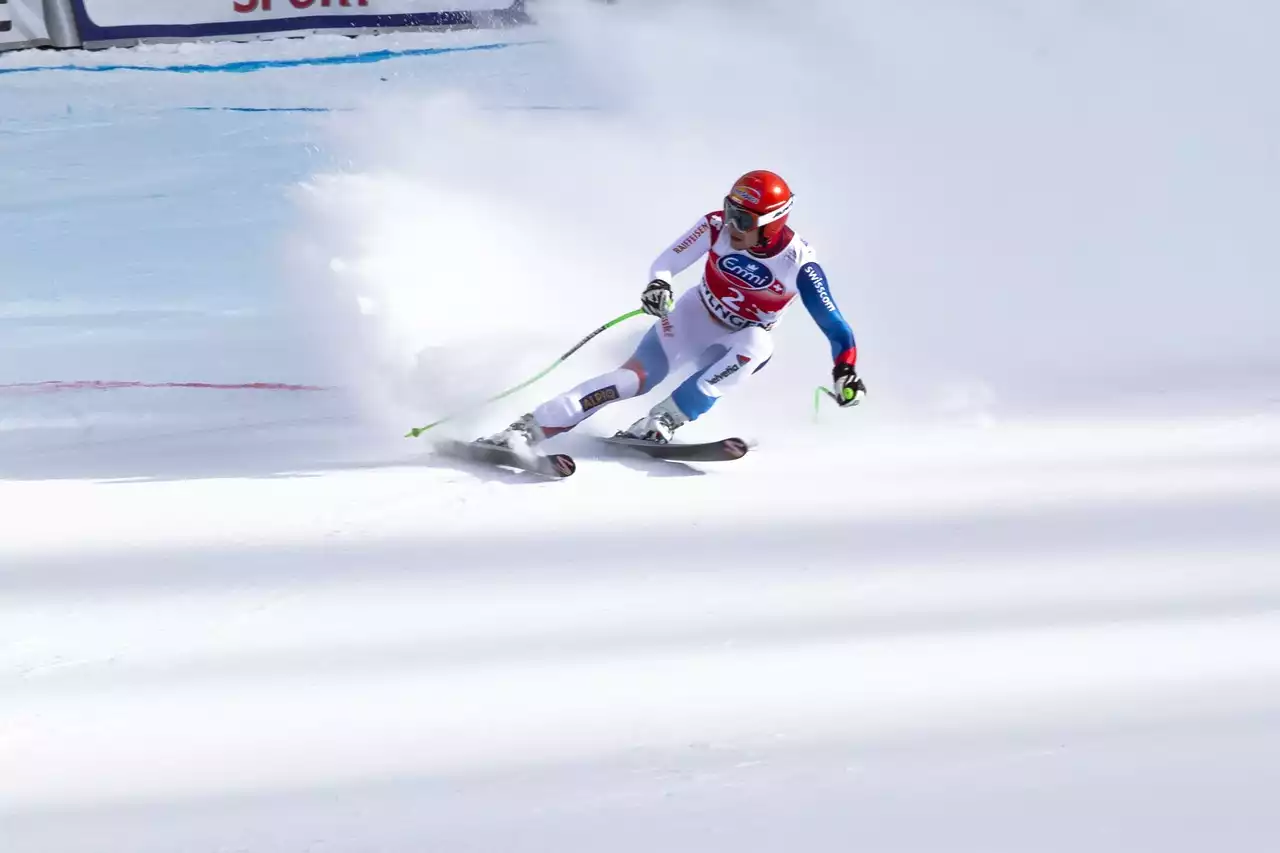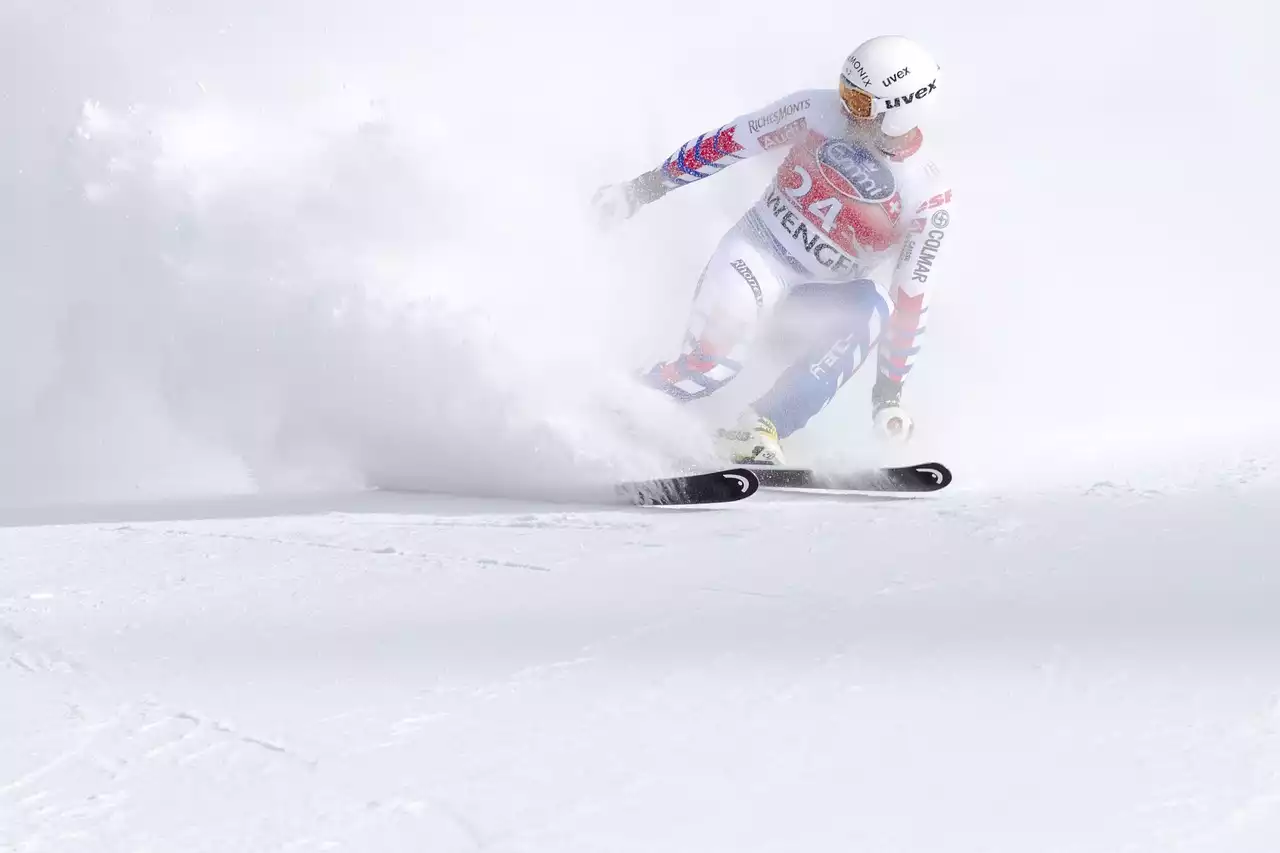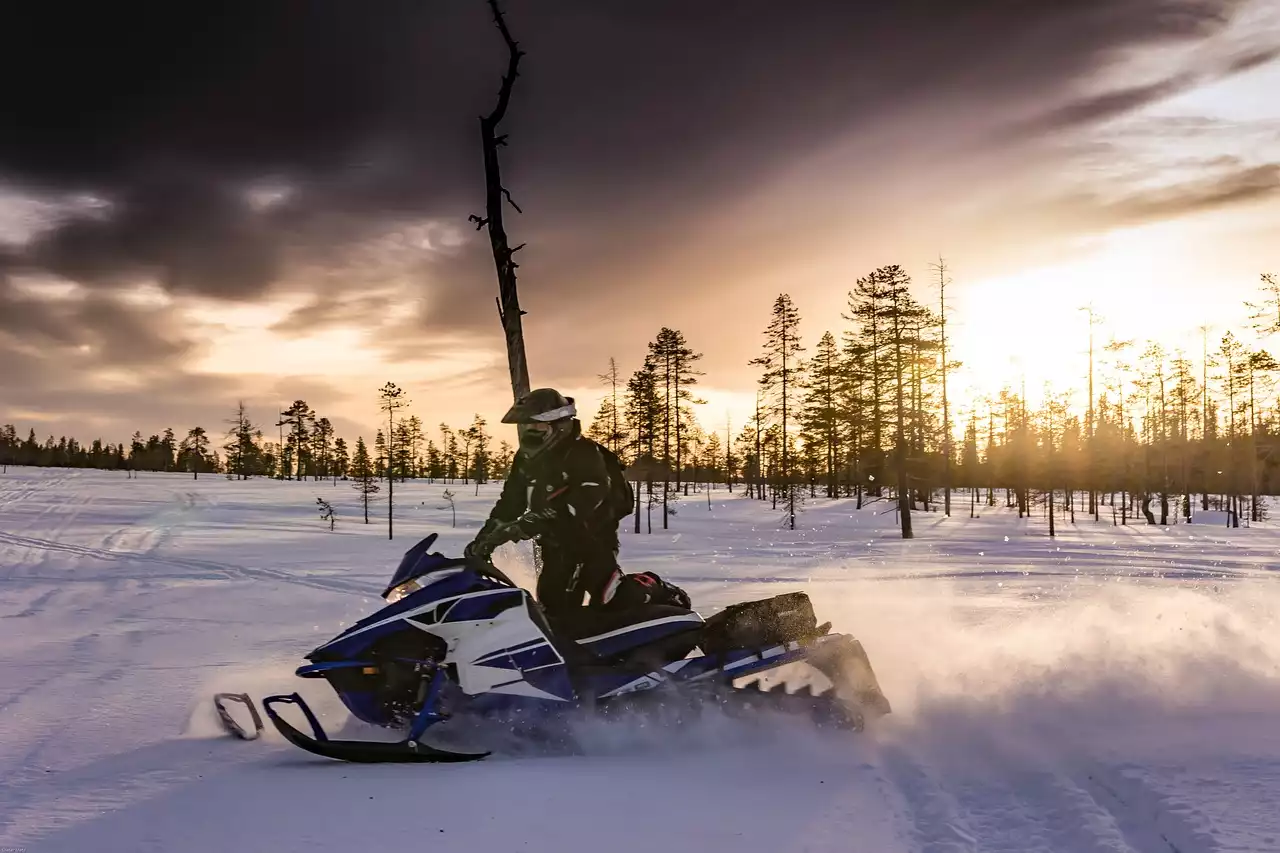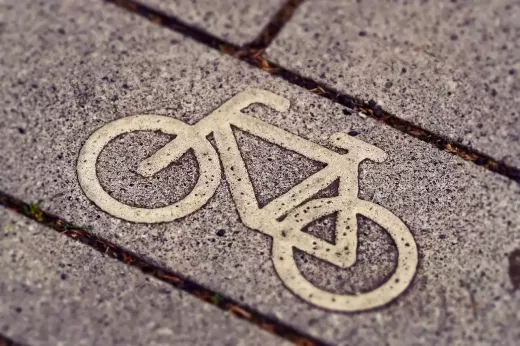The Importance of Having the Right Equipment
When it comes to downhill skiing, having the right equipment can make all the difference in your overall experience. Not only does it contribute to your performance on the slopes, but it also plays a crucial role in your safety. Investing in high-quality gear that suits your skill level and personal preferences is essential. Without the proper equipment, you may find yourself struggling to maintain control or even risking injury. So, before you head out to the mountains, let's take a closer look at the essential equipment you'll need for a successful downhill skiing adventure.
Skis: Choosing the Right Size and Type
Skis are the most important piece of equipment you'll need for downhill skiing. They provide stability, control, and maneuverability on the slopes. When it comes to choosing the right skis, there are two main factors to consider: size and type. The size of your skis will depend on your weight, height, and skill level. Longer skis are more stable at higher speeds and provide better flotation in deep snow, while shorter skis are more maneuverable and easier to control for beginners. As a general rule of thumb, beginners should opt for skis that reach between their chin and the top of their head. Additionally, the type of skis you choose will depend on the type of skiing you'll be doing. All-mountain skis are versatile and suitable for a variety of terrain, while powder skis are designed for deep snow conditions. Freestyle skis are perfect for terrain parks and tricks, and carving skis are ideal for groomed runs and high-speed turns.
Boots: Finding the Perfect Fit
Next up on our essential equipment list are ski boots. Your ski boots are responsible for transferring your movements to the skis, providing control and comfort. A proper boot fit is crucial for maximizing performance and minimizing discomfort. When trying on ski boots, you should look for a snug fit that provides support without being too tight. Your toes should have enough wiggle room, but your heels should be securely locked in place. Remember that ski boots will pack out and mold to your feet over time, so don't be tempted to buy boots that are too big. It's also important to consider the flex rating of the boots. A higher flex rating indicates a stiffer boot that is more suitable for advanced skiers, while a lower flex rating offers more flexibility and is better for beginners. Don't underestimate the importance of finding the perfect pair of ski boots, as they can greatly enhance your skiing experience.
Bindings: Understanding Safety and Performance Features
Bindings are the essential link between your boots and skis. They are responsible for releasing your boots when needed, such as during a fall or a sudden impact. Bindings play a crucial role in preventing injuries and should be properly adjusted to your weight, height, and skiing ability. Most modern bindings have adjustable release settings that can be fine-tuned for optimal performance and safety. It's important to have your bindings adjusted and tested by a professional to ensure they are set correctly. Additionally, some bindings offer additional features, such as ski brakes, which prevent your skis from sliding down the slope if you accidentally lose them. Others may have a higher elasticity, which allows for smoother release and reduces the risk of pre-release. Understanding the safety and performance features of bindings is essential for a safe and enjoyable skiing experience.
Poles: Selecting the Appropriate Length
While poles may not be the first thing that comes to mind when thinking about downhill skiing equipment, they play a significant role in maintaining balance, rhythm, and stability. Poles are particularly important for turns, flat sections, and traversing the mountain. When selecting ski poles, you'll want to choose a length that suits your height and skiing style. To determine the appropriate length, stand with your ski boots on and hold the poles upside down with your hands just below the baskets. Your elbows should be at a 90-degree angle. If the angle is less than 90 degrees, the poles are too long, and if it's more than 90 degrees, the poles are too short. Keep in mind that pole length can also vary depending on personal preference. Some skiers prefer longer poles for increased stability, while others opt for shorter poles for quicker turns. Experiment with different lengths to find what works best for you.
Helmets and Goggles: Protecting Your Head and Eyes
When it comes to safety on the slopes, helmets and goggles are non-negotiable. Helmets protect your head from potential impacts and reduce the risk of head injuries. When choosing a helmet, look for one that fits snugly and has adjustable straps for a secure fit. Make sure the helmet meets safety standards, such as ASTM F2040 or CE EN1077. Goggles, on the other hand, protect your eyes from wind, snow, and harmful UV rays. They also enhance visibility and improve your overall skiing experience. When selecting goggles, consider factors such as lens type, lens tint, and fit. Different lenses are suitable for different weather conditions, so it's a good idea to have multiple lenses to accommodate changing light conditions. Additionally, goggles should fit comfortably and securely over your helmet. Don't skimp on safety when it comes to helmets and goggles, as they are essential for protecting your most important assets.
Clothing and Accessories: Layering for Warmth and Comfort
Proper clothing and accessories are essential for staying warm, dry, and comfortable while skiing. Layering is key to regulating body temperature and adapting to changing weather conditions. Your base layer should be moisture-wicking and breathable, such as thermal or merino wool tops and bottoms. The middle layer should provide insulation and warmth, such as a fleece or down jacket. The outer layer, also known as the shell, should be waterproof and windproof to protect you from the elements. Look for ski-specific jackets and pants that offer insulation, breathability, and weather protection. Don't forget about accessories such as gloves, hats, and neck gaiters to keep your extremities warm. It's also a good idea to invest in ski-specific socks that provide cushioning, moisture-wicking properties, and a snug fit. Proper clothing and accessories will ensure you stay comfortable and enjoy your time on the slopes to the fullest.
Other Essential Gear: Gloves, Socks, and Ski Bags
In addition to the major equipment items, there are a few other essential gear pieces you'll need for downhill skiing. Gloves are crucial for protecting your hands from the cold and providing grip on your poles. Look for gloves that are waterproof, insulated, and offer dexterity. Socks are often overlooked but play a significant role in keeping your feet warm and dry. Opt for ski-specific socks that are moisture-wicking, cushioned, and provide a snug fit. Lastly, a ski bag is essential for transporting and storing your skis and poles. Look for a bag that is padded, durable, and has plenty of room for your gear. These smaller gear items may seem insignificant, but they can greatly enhance your overall skiing experience.
Where to Buy Downhill Skiing Equipment
Now that you have a better idea of the essential equipment needed for downhill skiing, you may be wondering where to buy them. There are several options available, both online and in physical stores. Online retailers such as REI, Backcountry, and Evo offer a wide selection of skiing equipment from reputable brands. They often have detailed product descriptions, customer reviews, and helpful sizing guides to assist you in making the right choice. Physical stores, such as ski shops and sporting goods stores, allow you to try on equipment and seek advice from knowledgeable staff. Before purchasing, compare prices, read reviews, and consider your specific needs and preferences. Don't forget to take advantage of end-of-season sales and promotions to score great deals on skiing equipment.
Renting vs. Buying: Pros and Cons
If you're new to downhill skiing or only plan to ski occasionally, renting equipment may be a more cost-effective option. Renting allows you to try out different equipment and get a feel for what works best for you before committing to a purchase. It also eliminates the hassle of transporting and storing your gear. However, renting can be more expensive in the long run if you ski frequently or plan to make skiing a regular hobby. Owning your own equipment gives you the freedom to ski whenever you want and allows you to personalize your gear to your liking. It also saves time and money in the long term. Consider your skiing frequency, budget, and long-term plans when deciding whether to rent or buy your equipment.
Proper Care and Maintenance of Downhill Skiing Equipment
To ensure the longevity and performance of your downhill skiing equipment, proper care and maintenance are essential. After each skiing session, make sure to wipe down your skis and boots to remove any moisture or dirt. Inspect your bindings for any signs of damage or wear and tear. Store your equipment in a cool, dry place, away from direct sunlight and extreme temperatures. Regularly wax your skis to keep the base in good condition and maintain optimal glide. Check your boots for loose or worn-out parts and replace them if necessary. By taking good care of your equipment, you'll prolong its lifespan and maximize your investment.
Safety Tips for Beginners
As a beginner, it's important to prioritize safety on the slopes. Here are a few essential safety tips to keep in mind: 1. Take skiing lessons from a qualified instructor to learn proper technique and safety protocols. 2. Start on easy slopes and gradually progress to more challenging terrain as your skills improve. 3. Always wear a helmet and goggles to protect your head and eyes. 4. Follow the mountain's trail rules and signs. 5. Stay in control and ski at a speed appropriate for your skill level. 6. Be aware of other skiers and give them plenty of space. 7. Learn how to fall correctly to minimize the risk of injury. 8. Stay hydrated and take breaks when needed. 9. Check weather and avalanche conditions before heading out. 10. Have a plan in case of an emergency and know how to contact ski patrol.
